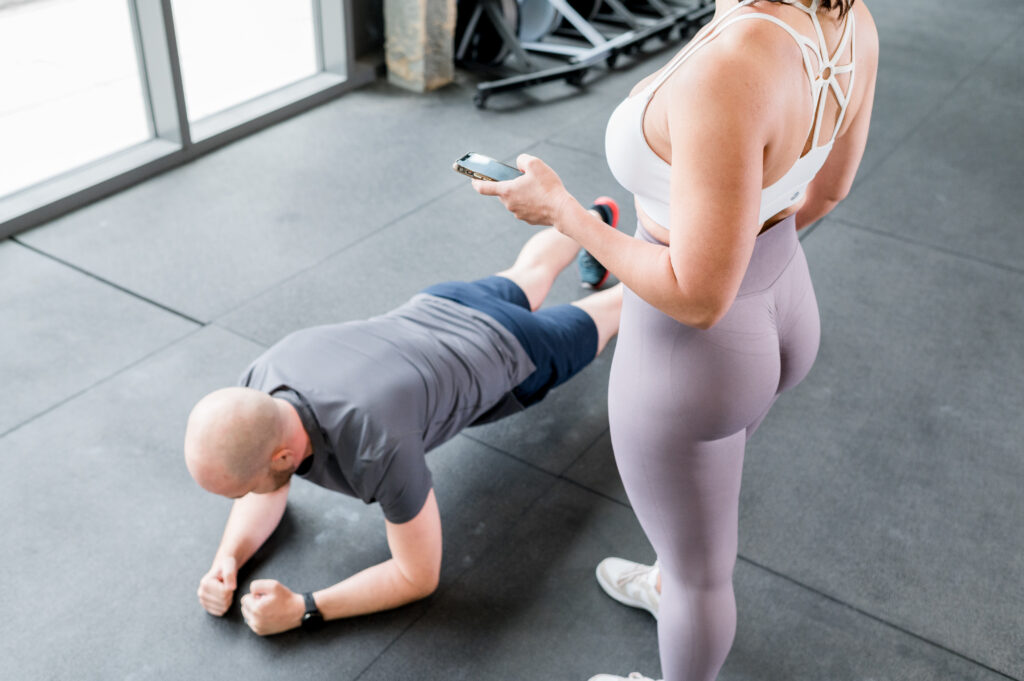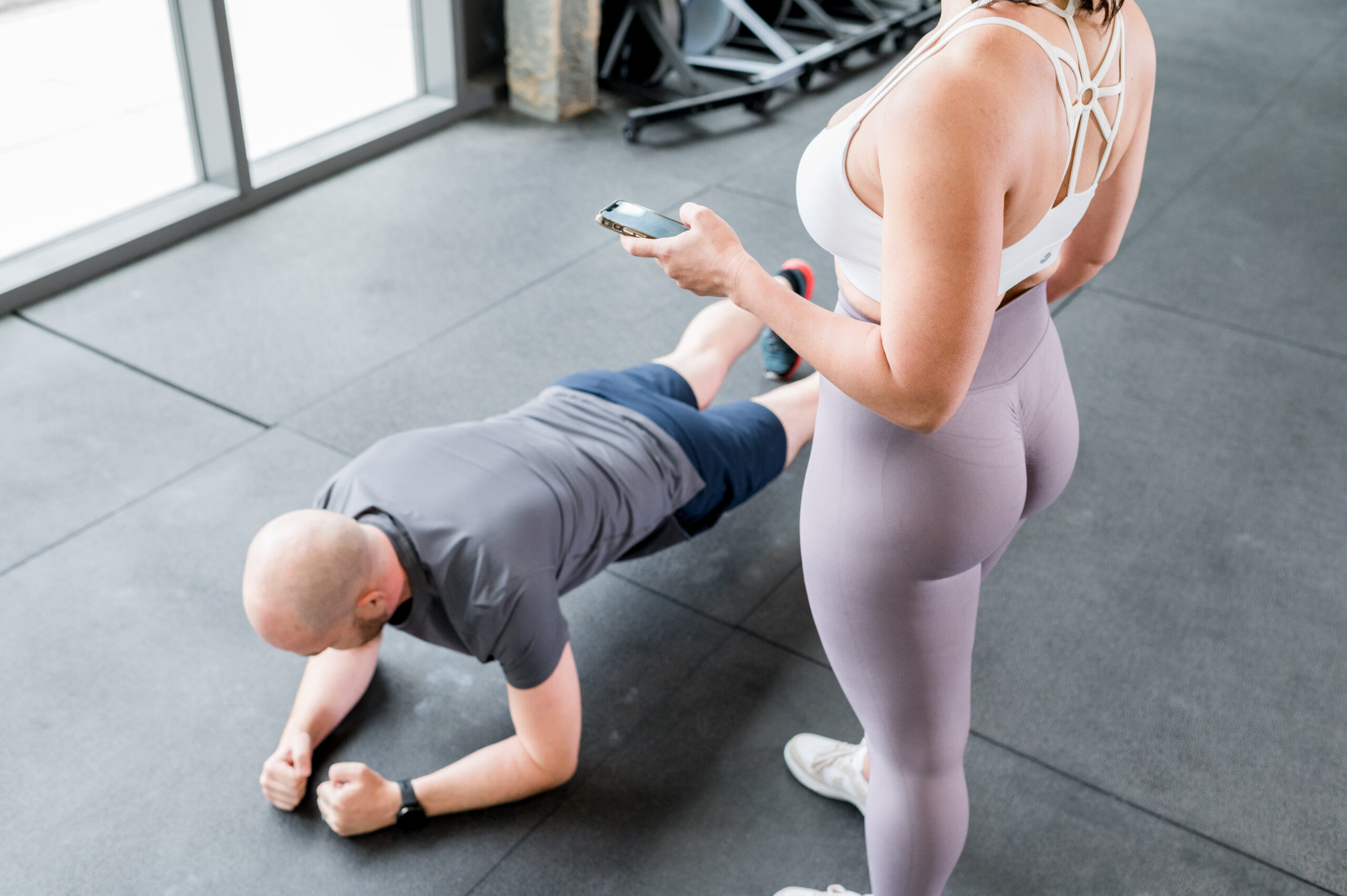Connect with Us
Grab the freebie!
HEALTH TIPS
RECIPES
WORKOUTS
Categories
Get my free Macro Calculator to figure out how you should be eating to best serve your body.
Gym 102
Tags:

The gym can be an intimidating place, especially for beginners. Looking around it may appear that everyone is more fit, more confident, and more knowledgeable about the gym. Add to that the the surprising number of gym terms and workout lingo and it may make things more confusing. Gym 102 is a quick guide to some of the gym terms and lingos you may here at the gym. Consider it a little follow-up to A Little Gym 101.
In that blog, I broke down some of the common terms related to your workout. In this follow-up, Gym 102, covers some workout terminology as well as some common lingo you may hear at the gym.
Keep it mind that every single person belongs in the gym and EVERYONE was a beginner at one time. You don’t need to know all of the terms and lingo to start working out. Gym 102 is just an attempt to make you feel more at ease in the gym. So let’s go…
Active Recovery
These sessions are designed to aid your muscle recovery and may even boost performance. An active recovery workout typically involves non-strenuous aerobic or physical activity. This could include walking, swimming, biking, or. gentle yoga flow.
AMRAP
This acronym stands for “as many reps as possible”. This workout is a type of high-intensity training where you push yourself as hard as you can during the work phase, and rest between sets. Rather than focusing on completing a specific number of repetitions, the aim is to complete the maximum number of repetitions of an exercise that YOU can do within a set time.
Compound Exercises
These movements – which include squats, deadlifts and the bench press – use multiple muscle groups and joints at the same time, meaning more bang for your buck.
Isolation Exercises
Unlike compound exercises, these are strength training exercises that focus on a single muscle group and generally involve a single joint in the movement, such as bicep curls.
Circuit
A circuit consists of a series of exercises performed in sequence, with a short rest in between each exercise. A circuit can be timed, where you do as many laps as you can in a given time frame or lap-based, where you complete a set number of laps.
DOMS
This is a term you’re more likely to hear about after a workout. This acronym stands for delayed onset muscle soreness and is the pain or stiffness you might experience 24-72 hours after your workout. It often happens if you’ve tried a new training style or dialled up the intensity and is a normal occurrence at any stage of your fitness journey. Keep in mind – you can also have an amazing workout and experience little or no muscle soreness.
Hypertrophy
Hypertrophy is an increase and growth of muscle cells. It refers to an increase in muscular size achieved through exercise. Lifting weights is the most common way to increase hypertrophy.
Progressive Overload
Progressive Overload is a way of gradually dialing up the stress you put on your body over time to maximise performance and encourage muscle growth. There are four different ways to achieve progressive overload: volume, intensity, density and frequency.
Rest Day
It is a day off from your training. This could involve anything from lighter activities, practicing self-care or opting for active recovery. Rest Days are so important for your training and recovery.
Resistance Training
Resistance training is any form of exercise that builds muscle strength and endurance. It can be bodyweight training or strength training using weights and equipment.
I hope these terms in Gym 102 help build a little confidence as you embark on your fitness journey. But more importantly I hope you find confidence in yourself adn your abilities to reach your goals. Don’t be afraid to ask the staff and other gym members for help if you need it. The gym can and should feel like a welcoming sanctuary. You’ve got this!
